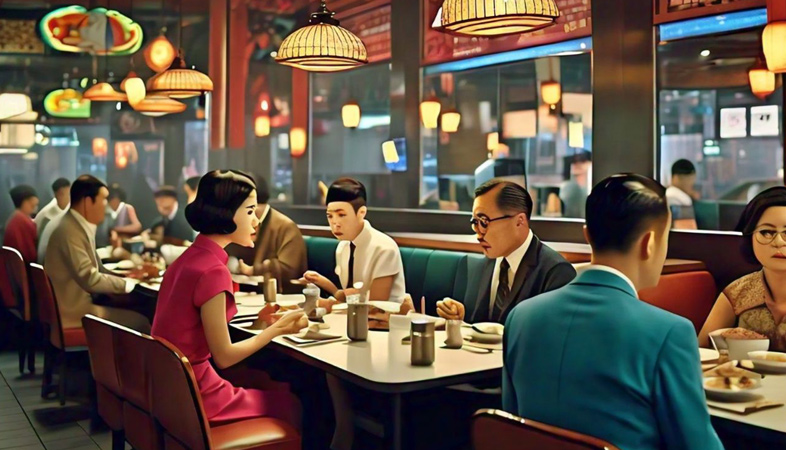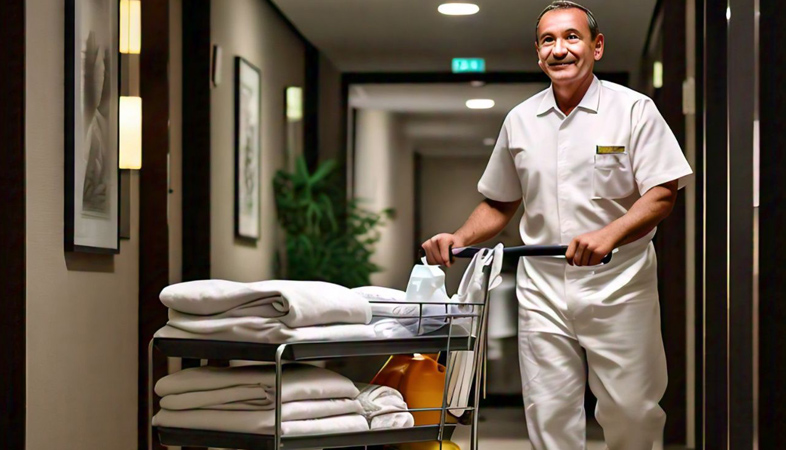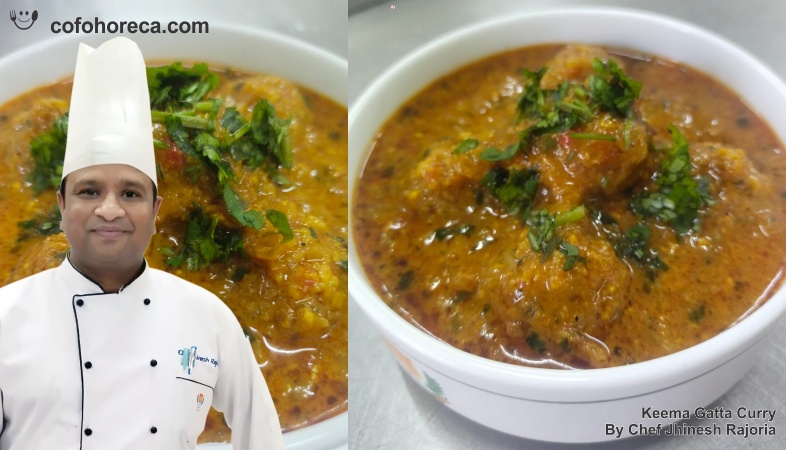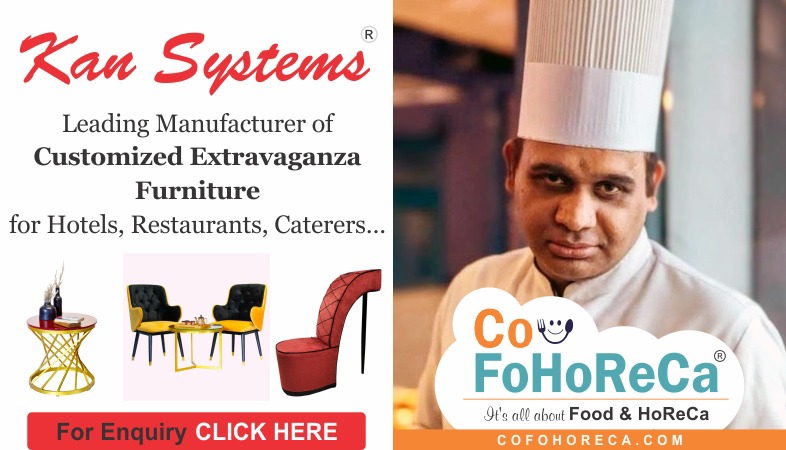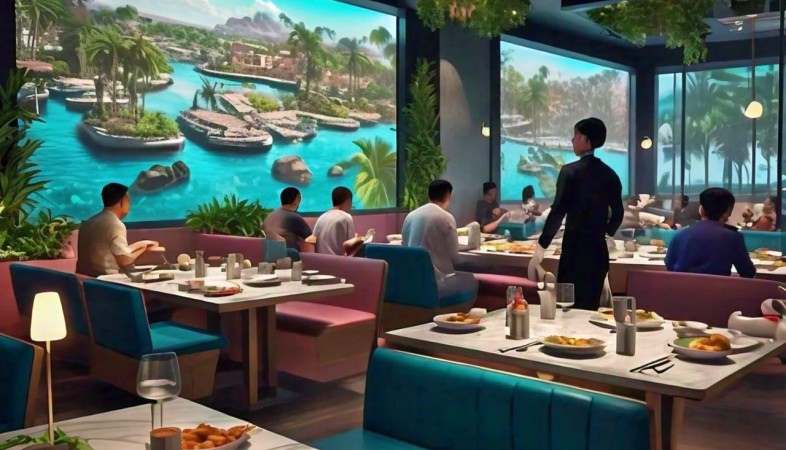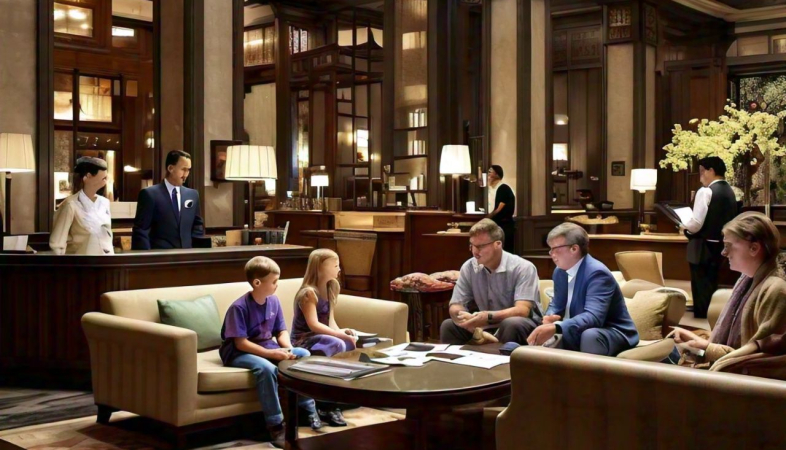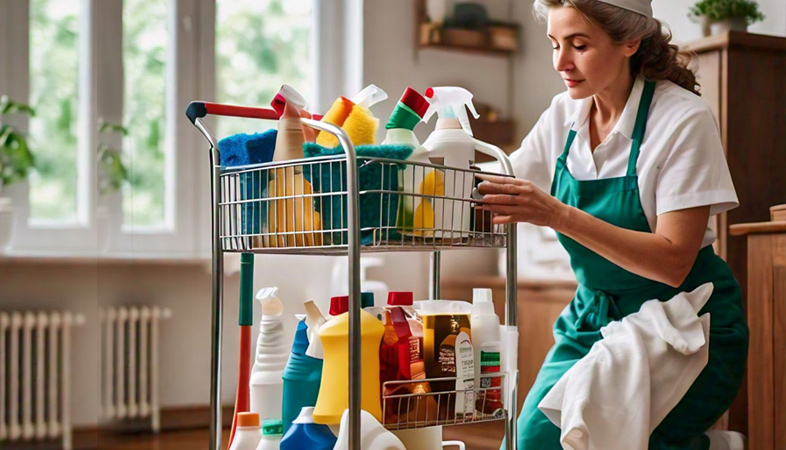How to Design a Restaurant for Maximum Operational Efficiency
Designing a restaurant for maximum operational efficiency involves a holistic approach that considers the layout, workflow, technology, and staff training.
Designing a restaurant for maximum operational efficiency
involves careful planning and consideration of various factors that affect both
the front-of-house and back-of-house operations. An efficient restaurant design
can enhance the overall dining experience, reduce wait times, and improve
workflow for staff. Here are some key strategies to achieve maximum operational
efficiency:
Optimize the Kitchen Layout: The kitchen is the heart of any restaurant, and its design is crucial for efficiency. Implementing a functional layout such as the "kitchen work triangle," which minimizes the distance between the refrigerator, stove, and sink, can streamline cooking processes. Grouping similar tasks together, such as prep, cooking, and plating, and ensuring that essential tools and ingredients are within easy reach can reduce movement and time spent on each task. An efficient kitchen layout should facilitate smooth communication and movement among kitchen staff.
Streamline the Service Area: The front-of-house design should ensure that servers can move quickly and efficiently between tables, the kitchen, and service stations. Creating clear and unobstructed pathways, strategically placing service stations throughout the dining area, and ensuring that the kitchen pass is easily accessible can help reduce wait times and improve service speed. Additionally, using technology such as handheld ordering devices can enhance communication between the front and back of the house.
Flexible Seating Arrangements: Designing a versatile seating arrangement allows the restaurant to accommodate different group sizes and manage busy periods effectively. Using modular furniture that can be easily reconfigured can help maximize seating capacity and maintain a comfortable environment for diners. Ensure that aisles and pathways are wide enough to allow smooth movement of staff and customers, particularly during peak times.
Efficient Workflow and Staff Movement: An efficient restaurant design minimizes unnecessary steps and optimizes workflow for staff. For example, placing the dishwashing area near the kitchen and the dining area reduces the time spent transporting dirty dishes. Creating designated areas for different tasks, such as food preparation, cooking, and cleaning, can help staff focus on their responsibilities without interference. Additionally, providing adequate storage space near workstations ensures that supplies are easily accessible.
Effective Use of Technology: Integrating technology into the restaurant design can significantly improve operational efficiency. Point-of-sale (POS) systems that streamline order processing, payment, and inventory management can reduce errors and enhance productivity. Kitchen display systems (KDS) can help manage orders and ensure that they are prepared and served in a timely manner. Automated inventory management systems can track stock levels and reduce the likelihood of running out of key ingredients.
Thoughtful Space Allocation: Allocating space thoughtfully within the restaurant is essential for maximizing efficiency. The back-of-house should have sufficient space for food preparation, cooking, and storage without feeling cramped. Similarly, the front-of-house should be designed to provide a comfortable dining experience while allowing staff to move freely. Balancing the space between these areas ensures that neither is sacrificed for the other.
Sound and Lighting: The acoustic and lighting design of a restaurant can impact both the dining experience and operational efficiency. Proper lighting in the kitchen and service areas ensures that staff can perform their tasks effectively. In the dining area, adjustable lighting can create the right ambiance for different times of the day. Additionally, managing noise levels through sound-absorbing materials and strategic layout choices can enhance communication among staff and provide a pleasant atmosphere for diners.
Sustainability Considerations: Incorporating sustainable design elements can improve efficiency and reduce operational costs. Energy-efficient appliances, LED lighting, and water-saving fixtures can lower utility bills and minimize environmental impact. Additionally, designing with sustainability in mind can attract environmentally conscious customers and enhance the restaurant’s reputation.
Staff Training and Workflow Optimization: Even the best design requires well-trained staff to operate efficiently. Providing comprehensive training on workflow, equipment use, and customer service ensures that staff can make the most of the restaurant's design. Regularly reviewing and optimizing workflows can help identify and address bottlenecks or inefficiencies.
Customer Flow Management: Managing the flow of customers from entry to seating and service is crucial for efficiency. Design the entrance and waiting area to accommodate guests comfortably, with clear signage and seating options. Efficiently managing reservations and walk-ins, and having a clear plan for seating guests, can reduce wait times and improve the overall dining experience.
Designing a restaurant for maximum operational efficiency involves a holistic approach that considers the layout, workflow, technology, and staff training. By optimizing kitchen and service area layouts, incorporating flexible seating arrangements, using technology effectively, and balancing space allocation, restaurants can enhance efficiency and provide a better experience for both staff and customers. Sustainable design practices and thoughtful customer flow management further contribute to creating a successful and efficient restaurant.
.png)


